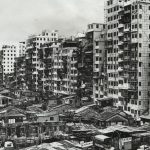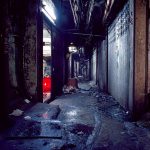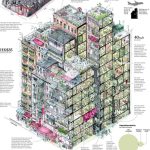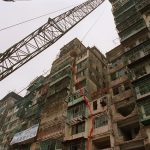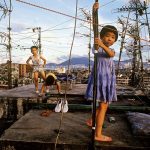There was only one postman in the Kowloon walled city with the greatest density of people. Only a tiny fraction of a square mile was covered by his round. However, there were an astounding amount of addresses contained within that area: 350 buildings, the majority of which were between 10 and 14 stories high, housing 8,500 businesses, 10,700 households, and more than 33,000 people.
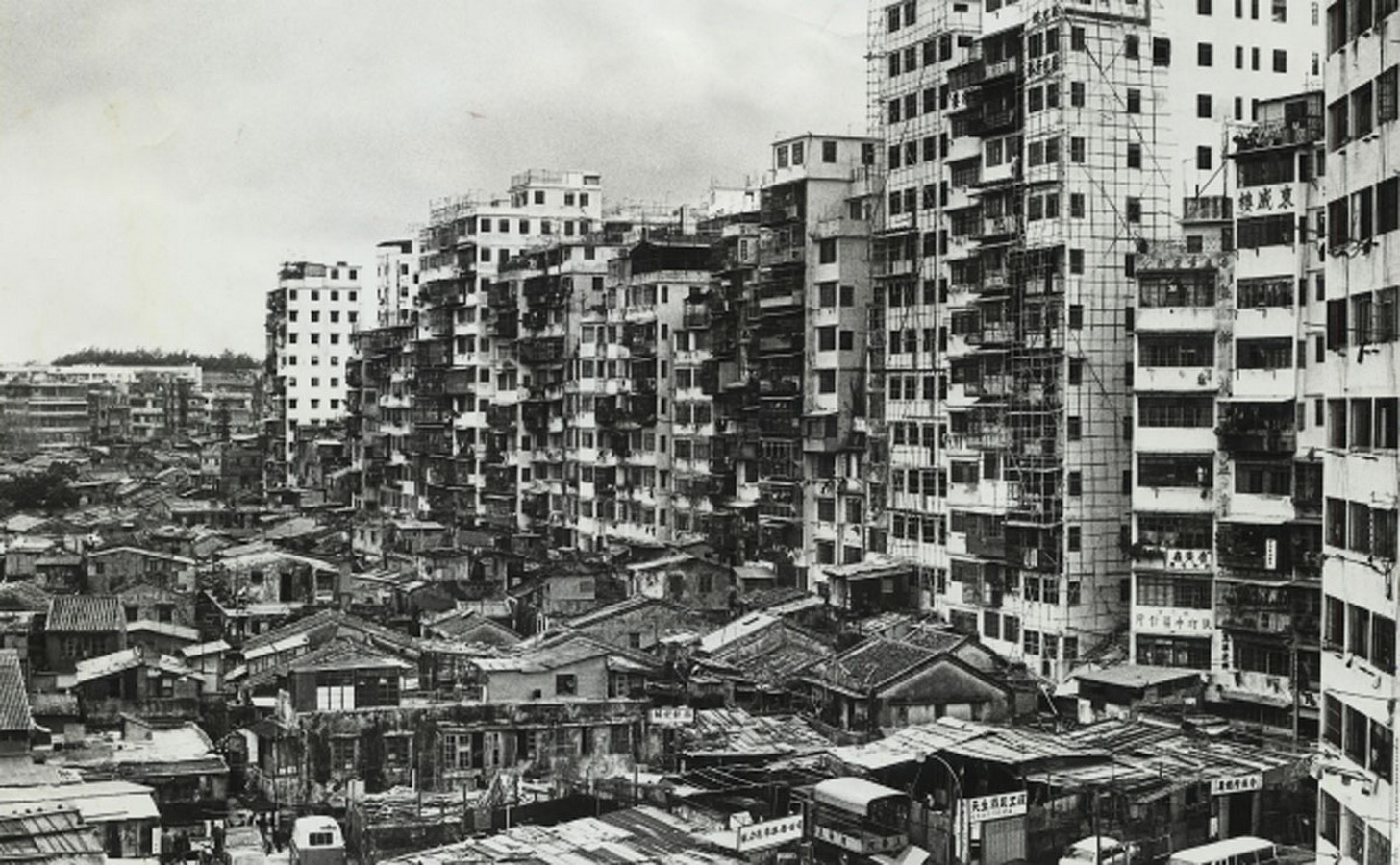
History | Kowloon walled city
At the very tip of the Kowloon Peninsula, the Chinese started construction on a fort in 1843. It included a barracks for 150 soldiers, a 700-foot-long wall, and an office for the Mandarin, a government official. Its purpose was to establish a noticeable Chinese military presence close to the new British colony and was known as Kowloon Walled City. Trade disagreements led to a second Opium War in 1860. The Chinese were completely destroyed by British and French forces, and a new treaty gave Britain complete control over the Kowloon Peninsula with the exception of the Walled City.
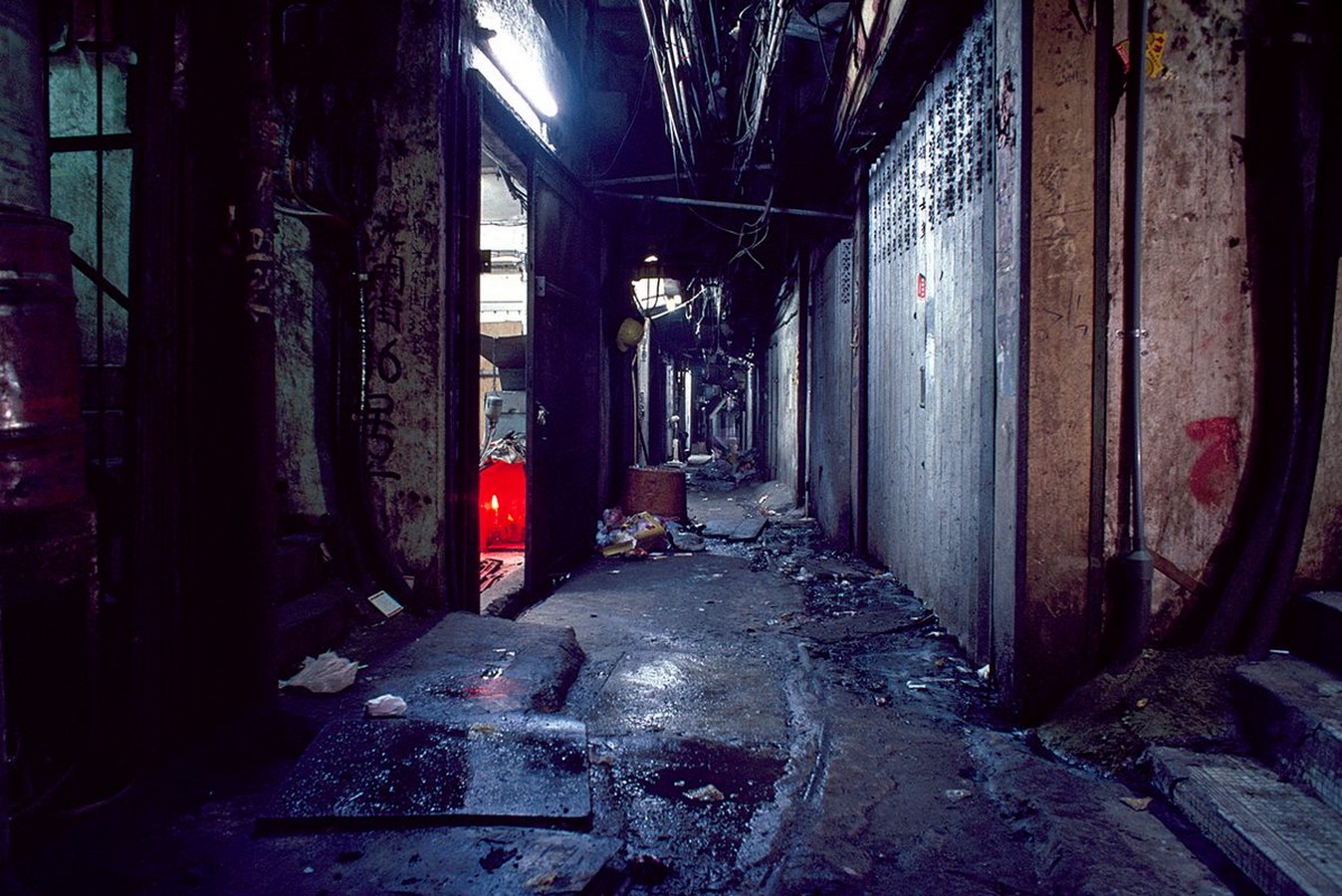
Over the next 30 years, British authorities attempted to negotiate control of the city, but the Chinese remained firm. The Walled City remained under Chinese rule even after a new treaty was signed in 1898 that gave Hong Kong, Kowloon, and additional territories in Canton to Britain for 99 years. The British sent troops across the water when reports surfaced in May 1899 that Chinese soldiers had regrouped in the Walled City. They anticipated conflict—possibly another war—but discovered only the Mandarin. Even though the Chinese never gave up their claim, the angry official left as well, and the British took control of the city. Churches and schools were constructed by the missionaries who later moved in, and pig farmers from the nearby hills acquired land inside the walls. Administrative oversight was almost nonexistent, and the city degenerated into a slum. However, the Chinese government always intervened whenever the Hong Kong government attempted to clear it so that it could be turned into a park, displacing the residents in the process. After all, this minuscule rectangle of land remained part of their official territory.
Till the start of World War II, the issue remained unresolved. For the purpose of constructing a new runway for the nearby Kai Tak Airport, Japanese forces occupied the Kowloon Peninsula and tore down the city’s walls. Kowloon Walled City, which the Chinese military had abandoned, attracted squatters and refugees in the early 20th century. The city’s walls were demolished by the Japanese occupiers during World War II to provide building materials for the nearby Kai Tak Airport. When the British took back control of Hong Kong after the war, the government tried in vain to remove the several thousand squatters living inside Kowloon Walled City but was met with resistance and even rioting.
Kowloon Walled City was a squatters’ haven due to its ambiguous legal status; it wasn’t technically a part of British Hong Kong but was disregarded by mainland China. Buildings rose inside Kowloon Walled City during the construction boom of the 1950s and 1960s, within the boundaries of the former fortress. A maximum limit of 14 stories was imposed to prevent landing airplanes from scraping their wings on rooftop TV antennas. Wooden homes were sandwiched between brick and concrete apartments like pieces in a Jenga game, and they were stacked higher and higher until the limit was enforced.
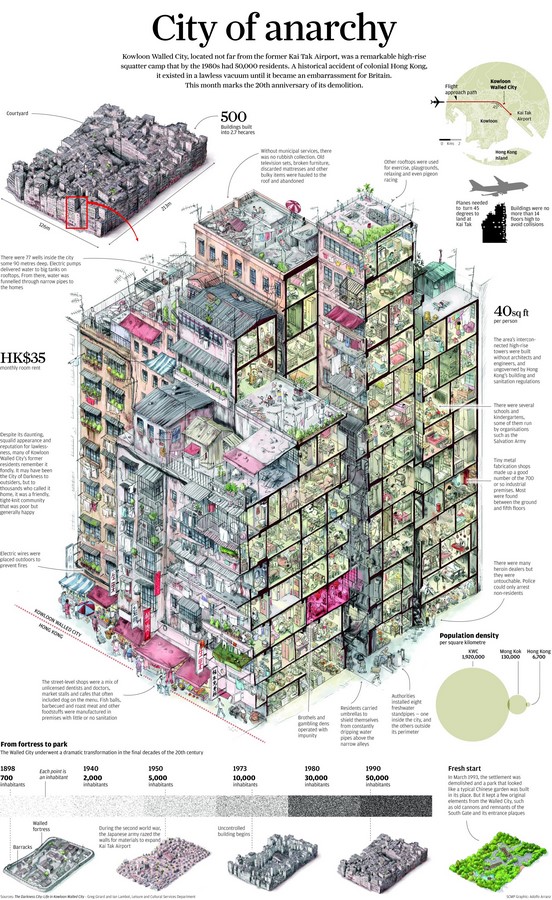
Eviction and demolition
Outside authority in the area dwindled as Kowloon turned into a more dangerous labyrinth, and Triad gangs took up positions. Drugs, prostitution, and gang influence peaked in the late 1950s and early 1960s, and Hong Kong police found themselves unable to regain control of the city-state. In an effort to clean up the area, 4,000 pounds of drugs—or a pound of illicit substances per person—were seized in 1973.
The city was also home to numerous small businesses that operated without licenses, including over 60 doctors, 150 small businesses, and 87 dentists.
The decaying city was set to be demolished in 1987 after years of lawlessness. Kowloon Walled City would be destroyed and converted into a public park, according to a 1987 announcement from Hong Kong’s government. Despite objections from the populace, government officials conducted a census of Kowloon’s residents and gave them money and resources for relocation as China prepared to retake control of Hong Kong. The once-famous Walled City began to be reduced to ruins in 1993 thanks to the wrecking ball. In 1994, the demolition was finished. The town was destroyed. The southern gate and administrative Yamen building were still present despite the majority of the old city’s remains being lost.
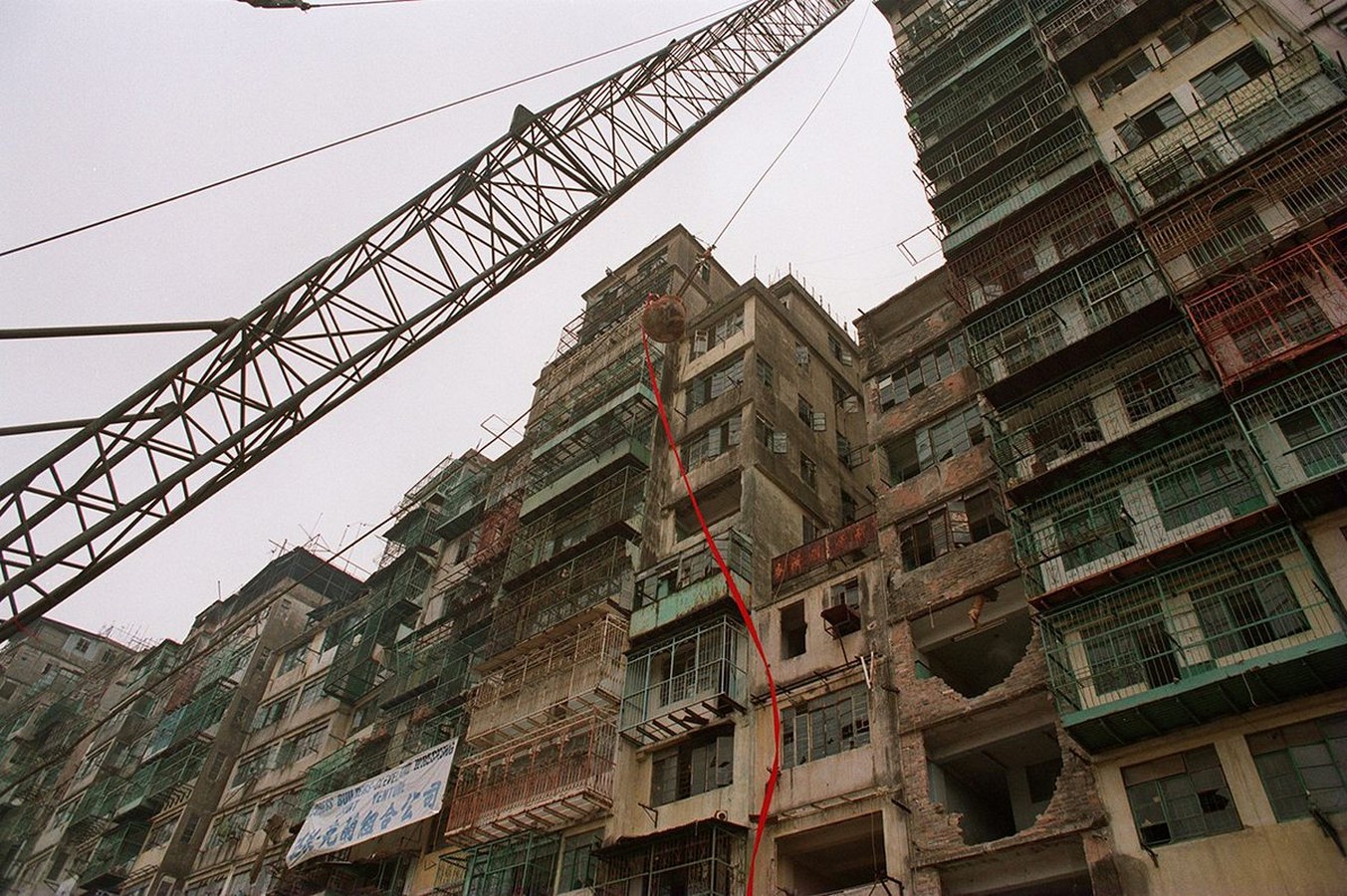
Culture
The lack of a government and the isolation from the rest of Hong Kong led to the creation of a distinctive criminal and social culture that was exclusive to the city. Residents formed a close-knit community in response to the challenging living conditions, supporting one another through various challenges. Within families, wives frequently took care of household duties while grandmothers looked after their grandchildren and the children of other nearby families. The city’s rooftops served as significant gathering areas, particularly for those who resided on higher floors. After school, kids would play there or work on their homework while parents relaxed there.
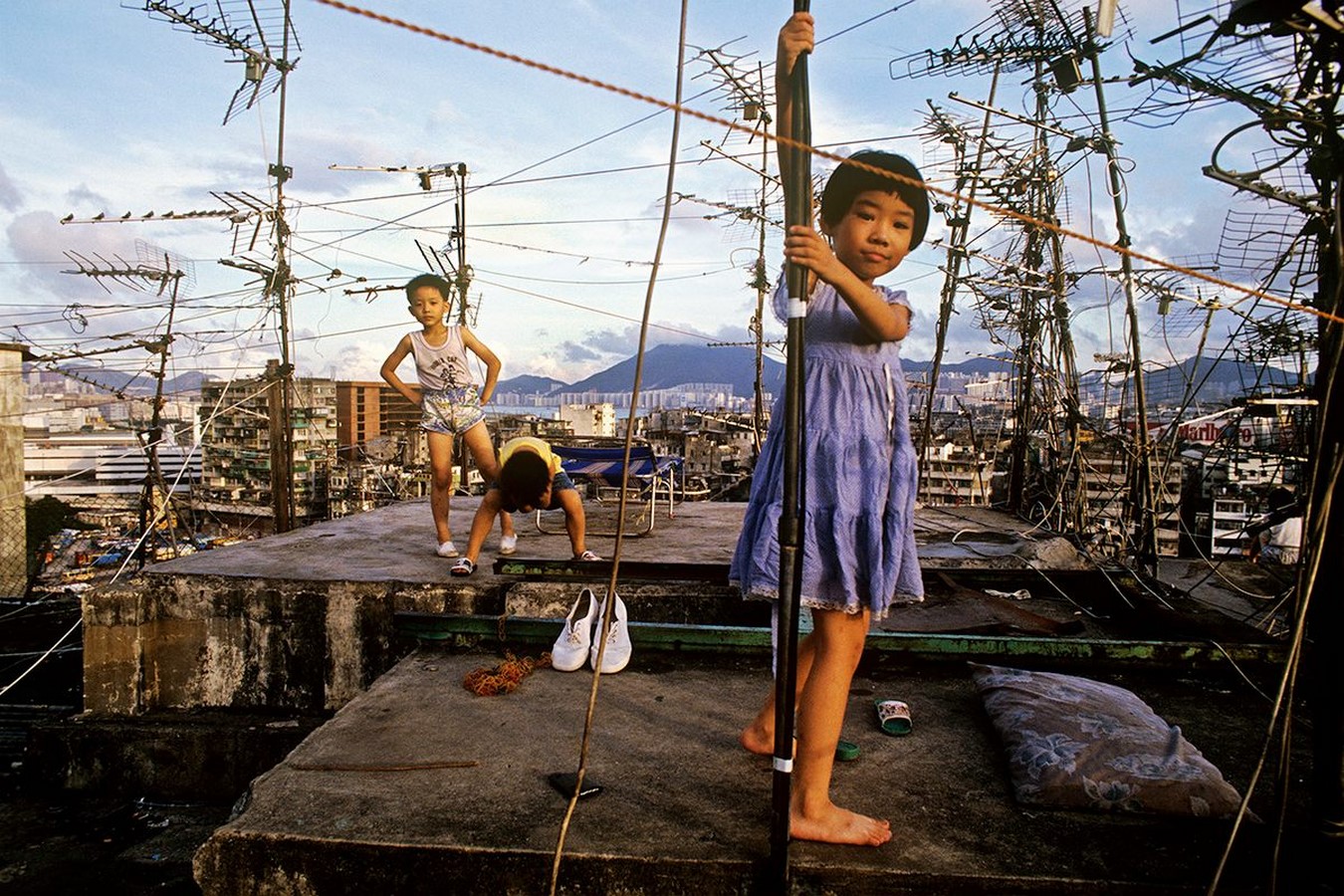
The city’s central yamen served as a significant gathering place where locals could converse, enjoy tea or television, and enroll in classes like calligraphy. For Christians and others, the Old People’s Center also hosted religious gatherings. The Fuk Tak and Tin Hau temples, which combined Buddhist, Taoist, and animist practices, were among the other places of worship.
The Walled City Is Now a Park

Visitors can stroll the same ground where opium dens, triad bars, and tens of thousands of people once stood because Kowloon is now a city park. Visitors will discover a vast green area with pagodas and ponds as well as a scale model of the planet’s once-most densely populated region on a table. The location is described as “a beautiful garden featuring preserved artifacts from the former Kowloon Walled City—a Chinese garrison which became a lawless enclave for fugitives and criminal gangs throughout the 20th century” by the Hong Kong Tourist Board.
References:
- Atlas Obscura. (n.d.). Kowloon Walled City Park. [online] Available at: https://www.atlasobscura.com/places/kowloon-walled-city-park [Accessed 6 Nov. 2022].
- Crawford, J. (2020). The Strange Saga of Kowloon Walled City. [online] Atlas Obscura. Available at: https://www.atlasobscura.com/articles/kowloon-walled-city. [Accessed 6 Nov. 2022].
- HowStuffWorks. (2021). Kowloon Walled City Once Was the Most Densely Packed Place on Earth. [online] Available at: https://history.howstuffworks.com/world-history/kowloon-walled-city.htm. [Accessed 6 Nov. 2022].
- Wikipedia Contributors (2019). Kowloon Walled City. [online] Wikipedia. Available at: https://en.wikipedia.org/wiki/Kowloon_Walled_City. [Accessed 6 Nov. 2022].
- www.thetravelclub.org. (n.d.). Kowloon Walled City: Life in the City of Darkness. [online] Available at: https://www.thetravelclub.org/articles/travelogues/664-kowloon-walled-city-life-in-the-city-of-darkness [Accessed 6 Nov. 2022].








